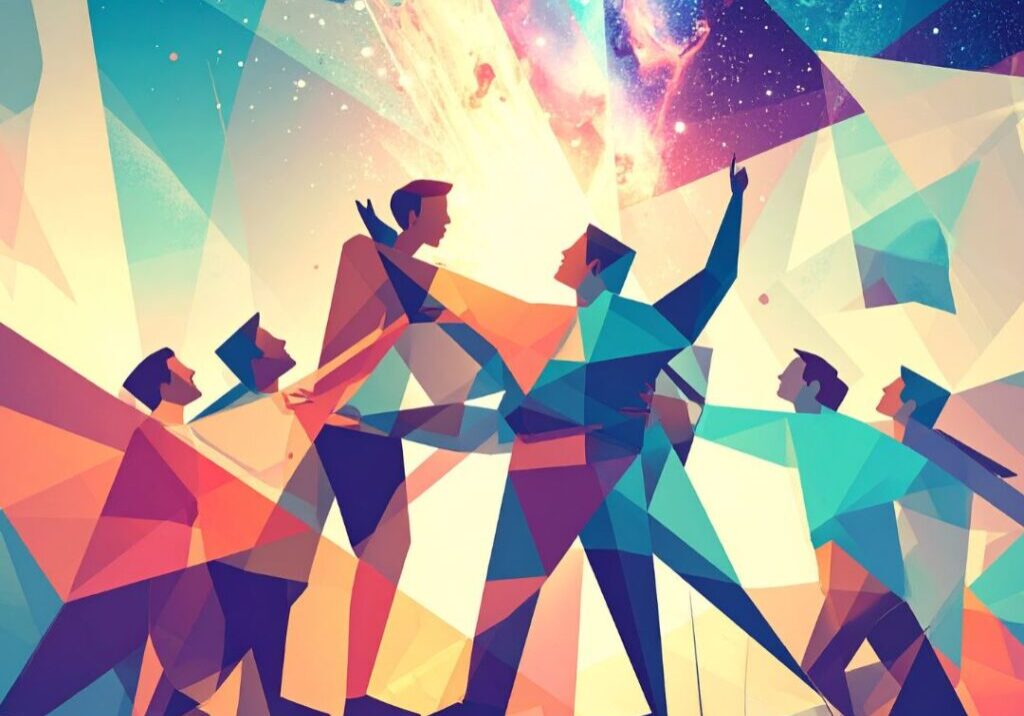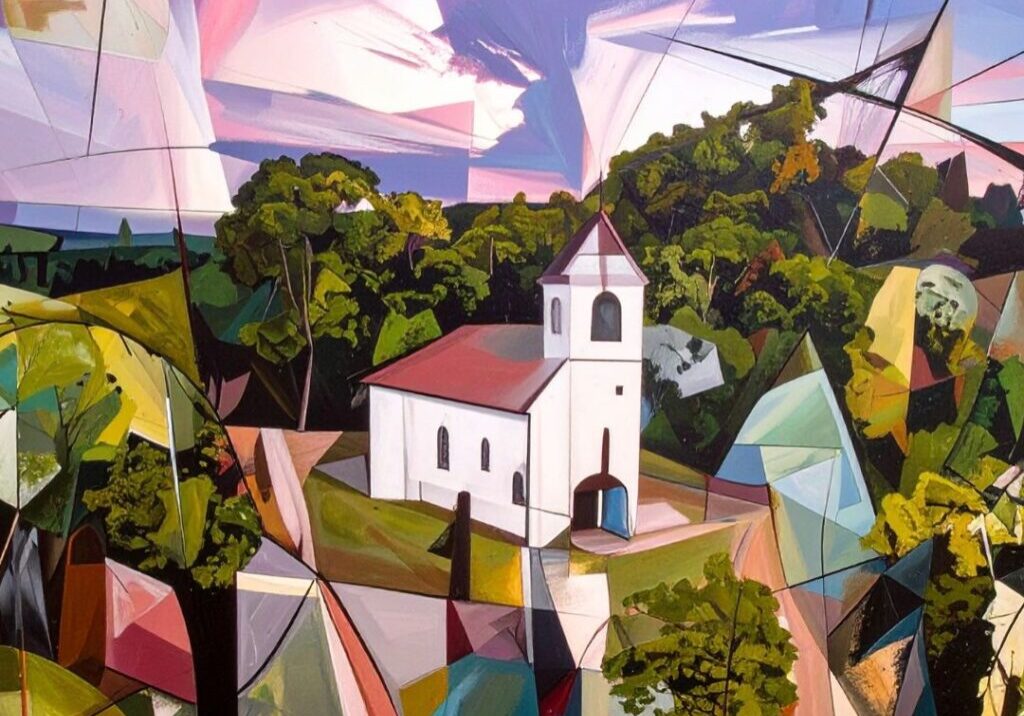Overcoming Existential Dread: Teilhard de Chardin’s Spirituality of Zest
In an era marked by confusion, divisiveness, and existential anxiety, the notion of zest for life may feel distant or even unattainable. Nevertheless, the writings of scientist and mystic Pierre Teilhard de Chardin offer a vision that seeks to renew this zest by linking it fundamentally to spirituality, science, and human evolution. Teilhard’s work invites us to reimagine religion—not as a dry or rigid system of dogmas, but as the very fuel that animates life with purpose, passion, and vitality.
What is the Zest for Life?
In many of his essays, Teilhard wrote about zest as a vital and dynamic force, something akin to the energy of existence itself. For him, zest is not mere enthusiasm or momentary excitement; it is a deep and abiding passion for life—a sense of connection, wonder, and ebullient participation in the dynamics of the world. He describes it as a form of aliveness that stems from the conviction that life has ultimate purpose and direction. Similar to Abraham Heschel’s appreciation of wonder as a radical awareness of the more that exists in the world, to engage life with zest is, for Teilhard, to be animated by a sense of meaning, to see oneself as part of an ongoing process of creation and evolution.
More than any of his contemporaries, Teilhard saw this zest as inherently tied to the religious impulse, understood in its broadest sense. At its core, religion is the human desire to discover unity and coherence, as well as that which ultimately preserves the value of our work, relationships, and most cherished memories. It offers a lens through which we view ourselves not as isolated individuals but as the “spearheads” of a larger cosmic narrative. Teilhard’s unique genius was his ability to unite this spiritual vision with the discoveries of contemporary science, which he keenly observed as revealing the same fundamental truth: that all life is evolving toward greater unity and complexity. He thought that losing the zest for life—or living explicitly without this vital energy—leaves us spiritually stagnant and existentially adrift. It is a crisis not only of faith but of purpose, identity, and lasting connection.
The Crisis of Religion in the Modern Age
Teilhard lived in a time of immense scientific and philosophical change. The advances in our understanding of evolution and cosmology undermined the traditional religious worldview. A growing secularism threatened to relegate religion to the sidelines, dismissing it as outdated at best or irrelevant at worst. Teilhard, however, viewed this tension not as a threat but as an opportunity—an occasion to reimagine religion in a way that harmonizes with science.
In his estimation, the core issue was that religion had become detached from the zest that gives it vitality. When religion becomes overly focused on maintaining rigid doctrines or preserving institutional power, it jettisons its connection to the lived experience of people searching for meaning, hope, and incarnational transcendence. It risks becoming static, unable to inspire or energize the human spirit. As a result, Teilhard believed that rekindling religion as the zest for life required a fundamental shift. Religion must move beyond dualisms between matter and spirit, science and faith, human and divine, and instead it must affirm the intrinsic interconnectedness of all existence and provide a compelling vision of life as a dynamic, evolving, and divinizing process in which humanity plays a crucial role.
Rekindling Religion
Teilhard’s call to rekindle religion as the zest for life is particularly relevant in our contemporary context. It is a vision that offers both hope and challenge. The hope lies in his affirmation that life has a purpose and direction; the world is not a static, lifeless machine but a living, evolving organism animated by divine love. At the level of self-reflection, our participation in the ongoing evolution of this cosmic whole is absolutely essential.
The challenge, however, is to rekindle religion in a way that truly energizes and inspires. For Teilhard, this means embracing a spirituality that is open, dynamic, and profoundly connected to the realities of the modern world. It requires integrating science and faith on all levels, recognizing that they are truly “two ways of knowing the world” as comprehensively and completely as possible. It means discovering the presence and ardor of God not in a distant heaven but as the heart of the evolving cosmos—in the beauty of nature, the complexity of life, and the creativity of the human spirit.
A Spirituality of Zest
Teilhard’s vision is a bold and inspiring call for our time. It enjoins us to see the world with new eyes—to recognize divine presence within the evolving universe and to embrace our role as “created co-creators” (to borrow the language of the late Lutheran theologian Philip Hefner) in this sacred process. For Teilhard, religion is not about escaping the world but engaging it fully, animated by a sense of purpose, meaning, wonder, and excitement.
In this sense, the zest for life is not a fleeting emotion but a vital necessity. It is the energy that drives us forward, helping us to overcome despair, disconnection, and apathy. It is the spark that ignites creativity, love, and hope, propelling us toward a greater awareness of Omega—a future of deeper unity, consciousness, and divine fulfillment—which is ours to make real and true now, in this moment.
As we confront the challenges of our time, Teilhard’s message is a clear one: to rekindle religion is to rekindle life itself. By embracing the zest for life, we can rediscover the sacredness of existence and our place within the great unfolding story of creation. As institutional religion faces constant questioning, skepticism, and frequent attacks, Teilhard’s vision offers an intellectually satisfying and spiritually stirring alternative in contemporary discourse, namely, a new metaphysics and a theology for the third millennium.
 View print-friendly version
View print-friendly version
15 Comments
Leave a Comment
Related Posts

Mission for an Evolutionary Christianity
We are living through tumultuous times. Political polarization intensifies, violence against vulnerable populations escalates, and the foundational principles of human dignity face erosion. For many, the cognitive dissonance between professed…


Women hold up half the sky. Women are the ones who will liberate us. Black and brown women, young and old women. It’s time. We’re all in this together. Step forward with your zest and passion and we will follow.
“The challenge, however, is to rekindle religion in a way that truly energizes and inspires. …”
I could not leave my negativism standing alone. The above quote from Nicastro is, I think, critical both in its directness as it is vast in its complexity. It is laudable that deChardin’s cosmic perception is shared. However, how many ‘in the street’ would be enlivened by the name, the vision? I know a bit, feel more. My ‘zest for love, kindness (and resistance to what is not) is stimulated more by Dr. Seuss’s “Horton”, the elephant, who hears a “who” in a seed and finds a universe, a “Whoville” – because he cares; a Downs Syndrome person on a bus who smiles. I am enthralled by Aristotle’s summation that love is a mutual benevolence mutually known. I am reminded of the dignity of person – each person, when I listen to caregivers.
We all have our instances of ‘zest’ that originates in the divine, That could persist, culminate in the divine. So, why is it that whole nations are ‘usurped’ by, ‘absorbed’ into, their ‘zest’ enlivened by a callous coterie of wealth and power focused greed, exclusion and privilege?
As a believer in Christ, organized in a community of believer followers, how can we be such losers in the journey towards the zest of zests? Can we find that zest?
I can offer only one suggestion that seems so bereft of substance, so disdained by that very institution, yet within its own deepest culture. To paraphrase Father Iranaeus, God’s joy is in the human person at its fullness. Its contemporary iteration that is the closest I have seen so far is the concept described by scientist, Aboriginal author, Robin Wall Kimmerer: “Becoming Aboriginal in Place”.
She writes (Braiding Sweegrass, p.207): “After all these generations since Columbus, some of the wisest of Native elders still puzzle over the people who came to our shores….The problem with these new people is that they don’t have both feet on the shore. One is still on the boat.”
Can love for the divine and fellowship survive, thrive, if we decide to plant both feet on the shore of life, living in place? Can we find the divine within so that we can be together and go beyond?
The test of this day is if the Roman Catholic Church will embrace the full inclusion of women within and stand for that inclusion “…in the church and in the world”. Canadian General (retired) Romeo Dellaire stated in a recent interview that “women hold the key to the code…”. They are not the answer but the key component that is missing to the pursuit of the solution of ‘zest’.
I read somewhere that love and symmetry (so essential to the Zest) begins in the human person with the breast feeding infant looking up into the face of mother.